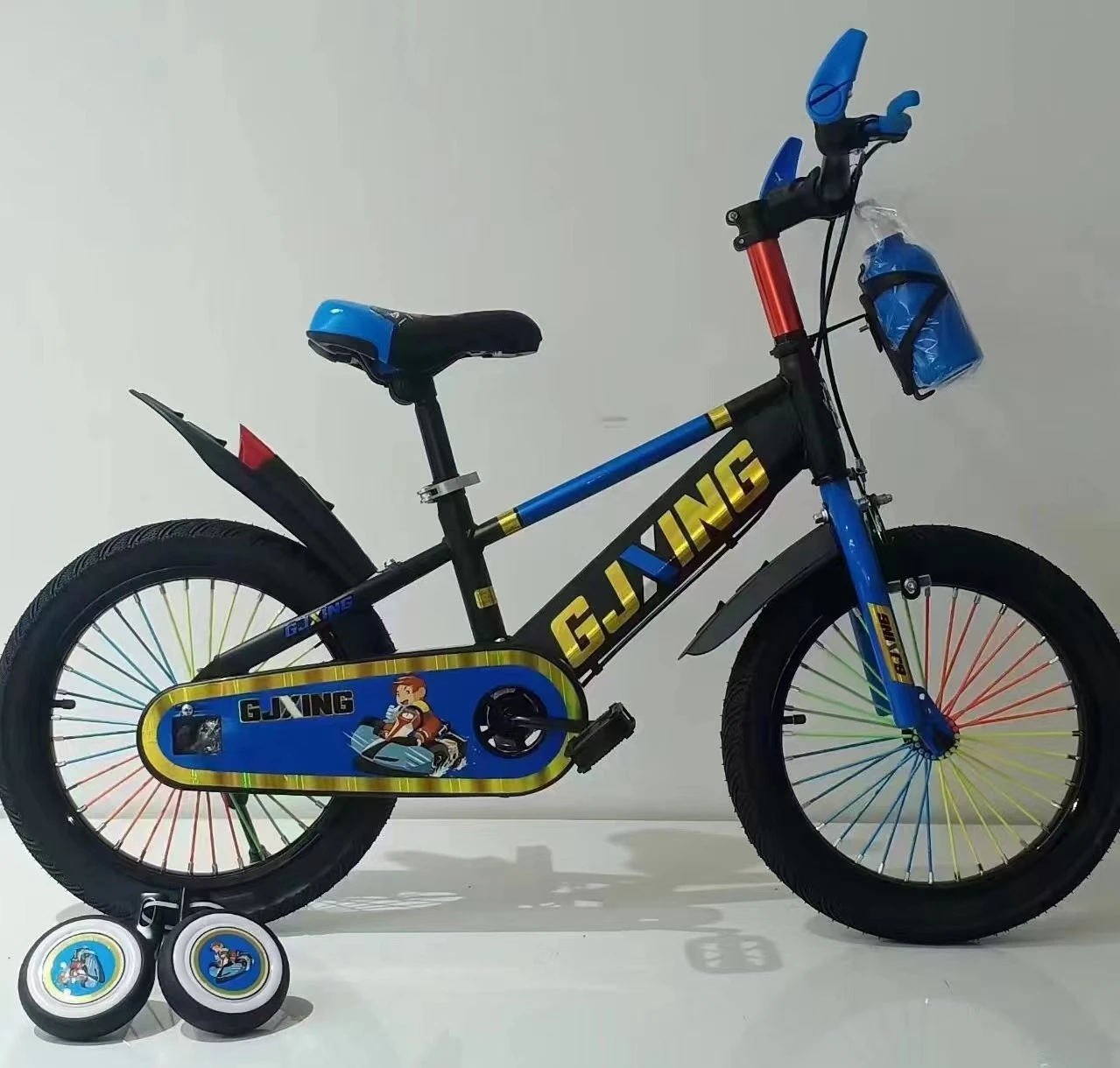
- Afrikaans
- Albanian
- Amharic
- Arabic
- Armenian
- Azerbaijani
- Basque
- Belarusian
- Bengali
- Bosnian
- Bulgarian
- Catalan
- Cebuano
- Corsican
- Croatian
- Czech
- Danish
- Dutch
- English
- Esperanto
- Estonian
- Finnish
- French
- Frisian
- Galician
- Georgian
- German
- Greek
- Gujarati
- Haitian Creole
- hausa
- hawaiian
- Hebrew
- Hindi
- Miao
- Hungarian
- Icelandic
- igbo
- Indonesian
- irish
- Italian
- Japanese
- Javanese
- Kannada
- kazakh
- Khmer
- Rwandese
- Korean
- Kurdish
- Kyrgyz
- Lao
- Latin
- Latvian
- Lithuanian
- Luxembourgish
- Macedonian
- Malgashi
- Malay
- Malayalam
- Maltese
- Maori
- Marathi
- Mongolian
- Myanmar
- Nepali
- Norwegian
- Norwegian
- Occitan
- Pashto
- Persian
- Polish
- Portuguese
- Punjabi
- Romanian
- Russian
- Samoan
- Scottish Gaelic
- Serbian
- Sesotho
- Shona
- Sindhi
- Sinhala
- Slovak
- Slovenian
- Somali
- Spanish
- Sundanese
- Swahili
- Swedish
- Tagalog
- Tajik
- Tamil
- Tatar
- Telugu
- Thai
- Turkish
- Turkmen
- Ukrainian
- Urdu
- Uighur
- Uzbek
- Vietnamese
- Welsh
- Bantu
- Yiddish
- Yoruba
- Zulu
Oct . 21, 2024 20:30 Back to list
how to fix a mountain bike gear shifter
How to Fix a Mountain Bike Gear Shifter
Mountain biking is an exhilarating experience, but it can quickly become frustrating when your bike's gear shifter malfunctions. A well-functioning gear shifter is crucial for smooth shifting and optimal performance on challenging terrains. If you find yourself struggling with a misbehaving shifter, don't worry! Here’s a step-by-step guide on how to fix a mountain bike gear shifter.
Step 1 Identify the Problem
Before diving into repairs, it’s essential to diagnose the issue. Common problems include
- Sluggish or unresponsive shifts - Skipping gears - Jumps between gears - A sticky or stiff shifter lever
Take the time to observe how the shifter is behaving. Is it a mechanical issue with the shifter itself, or could it be a problem with the cables or derailleur?
Step 2 Inspect the Cables and Housing
Start by checking the cables and housing. Look for any signs of fraying, rust, or damage. Cables that are worn out or corroded can hinder proper shifting. If you notice any issues, it might be time to replace both the cable and housing.
To inspect
1. Shift to the smallest chainring and the smallest rear cog. 2. Examine the cable's tension. With a small amount of play, pull the cable to ensure it functions smoothly. 3. Check for kinks in the housing or binding—the cable should glide freely.
how to fix a mountain bike gear shifter

Step 3 Adjust the Derailleur
If the cables look good, the next step is to adjust your derailleur. Use a Phillips head screwdriver or a 2.5 mm Allen wrench for adjustments
1. Limit screws Ensure the limit screws are properly set. The high limit screw restricts how far the derailleur moves toward the smallest cog, while the low limit screw restricts its movement toward the largest cog. 2. Cable tension Adjusting the cable tension can solve issues with slow or unresponsive shifting. Turn the barrel adjuster on the shifter counterclockwise to increase tension, or clockwise to decrease it. Make incremental adjustments and test the shifting frequently.
3. B-screw adjustment This screw controls the angle of the derailleur in relation to the cassette. Adjust the B-screw to ensure the derailleur can pivot correctly and maintain appropriate clearance from the gears.
Step 4 Lubrication
A common reason for a shifter malfunction is lack of lubrication. Ensure that the moving components of your shifter and derailleur are free of dirt and grime. Apply a light bike-specific lubricant to the pivot points of the derailleur and the shifter mechanism. Avoid over-lubricating, as excess oil can attract dust and grime.
Step 5 Test the Shifter
Once you’ve made the necessary adjustments and lubrication, it’s time to test your shifter. Crush some gravel and tackle a few hills to ensure everything is functioning smoothly. Shift through all gears and check for any slipping or grinding noises.
Conclusion
Fixing a mountain bike gear shifter can seem daunting, but with patience and a little knowledge, it can be manageable. Regular maintenance and prompt attention to small issues can help prolong the life of your bike components. Enjoy your ride, and happy biking!
-
The Ultimate Kids' Four-Wheeler Experience
NewsJul.09,2025
-
The Ultimate Guide to Mountain Bikes: Gear Up for Your Ride
NewsJul.09,2025
-
The New Age of Cycling: Electric Bikes for Every Rider
NewsJul.09,2025
-
The Best Kids Bicycles: Ride in Style and Safety
NewsJul.09,2025
-
The Best 3-Wheel Scooters for Kids: Fun, Safety, and Adventure
NewsJul.09,2025
-
Revolutionize Your Ride: Affordable Electric Bikes
NewsJul.09,2025
-
Finding the Perfect Mountain Bike for Every Rider
NewsJul.09,2025



